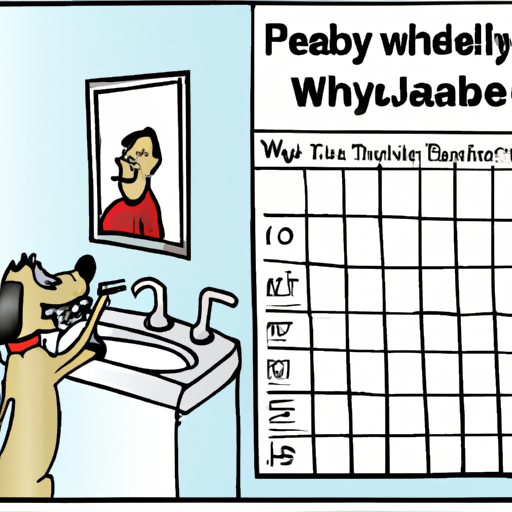Whether you’re a seasoned dog owner or a first-time puppy parent, you might have wondered about the best practices for doggy dental care. This guide is here to help you understand how often should you brush your dog’s teeth, why it’s important and how to do it effectively.
Why is it Important to Brush Your Dog’s Teeth Regularly?
As a dedicated caregiver, you may already know that dental hygiene plays a significant role in your canine friend’s overall health. Just as in humans, poor dental hygiene in dogs can lead to a myriad of health issues, including:
- Gum diseases
- Tooth loss
- Infections that can spread to vital organs
Moreover, maintaining a regular brushing routine can also help you monitor your dog’s oral health, enabling you to catch potential issues early.
How Often Should I Brush My Dog’s Teeth?
The frequency of brushing your dog’s teeth largely depends on the breed and size of your dog, their diet, and their age. However, most vets recommend brushing your dog’s teeth at least 3-4 times a week. For dogs prone to dental issues, daily brushing would be the ideal.
What Equipment Do I Need?
To get started with brushing your dog’s teeth, you’ll need a few basic tools. Never use human toothpaste as it can be harmful to dogs. Instead, use dog-specific toothpaste and a dog toothbrush.
| Equipment | Purpose |
|---|---|
| Dog toothpaste | Safe for dogs to swallow, comes in flavors they like |
| Dog toothbrush | Smaller and softer than human toothbrushes |
How to Brush Your Dog’s Teeth
Brushing a dog’s teeth might seem daunting, but with patience and practice, it can become a simple routine. Here’s a step-by-step guide:
- Choose a quiet time and place to avoid distractions
- Let your dog taste the toothpaste first to get used to the flavor
- Start by gently touching your dog’s mouth and teeth
- Slowly introduce the toothbrush
- Use gentle, circular motions, focusing on the gum line
- Be sure to praise your dog and offer a reward after each session
When to See a Vet
Like any aspect of pet care, it’s essential to consult with a vet if you notice any signs of dental disease, such as:
- Bad breath
- Excessive drooling
- Difficulty chewing
- Loss of appetite
Remember, prevention is always better than cure when it comes to your dog’s dental health.
FAQ
Q: Can I use human toothpaste for my dog?
A: No, human toothpaste can be harmful to dogs. Always use dog-specific toothpaste.
Q: How often should I replace my dog’s toothbrush?
A: Ideally, you should replace your dog’s toothbrush every 3 months, or sooner if it shows signs of wear.
Q: What if my dog doesn’t let me brush their teeth?
A: It might take some time for your dog to get used to the idea of tooth brushing. Start slow, be patient, and always make the experience positive with praises and rewards.



